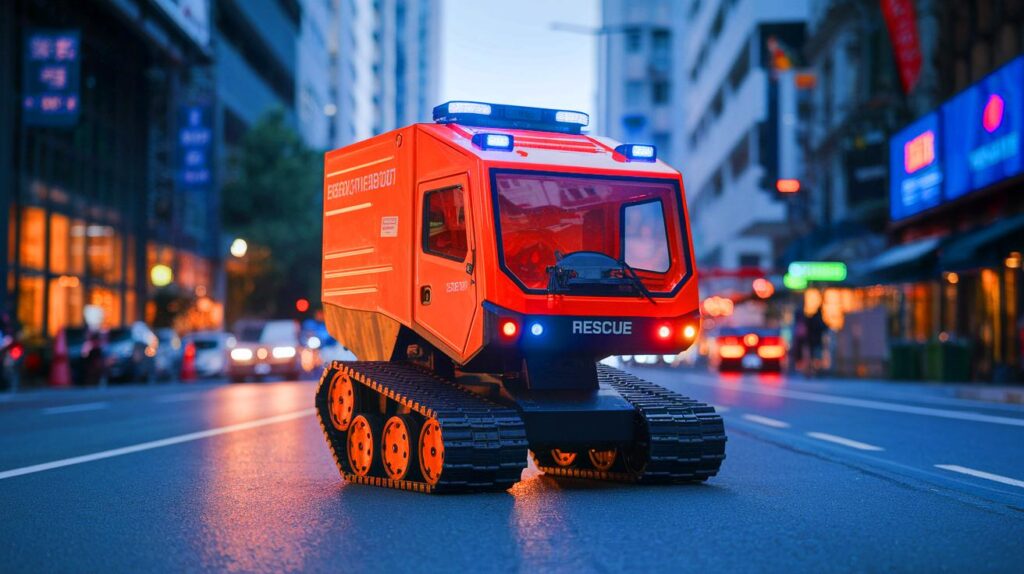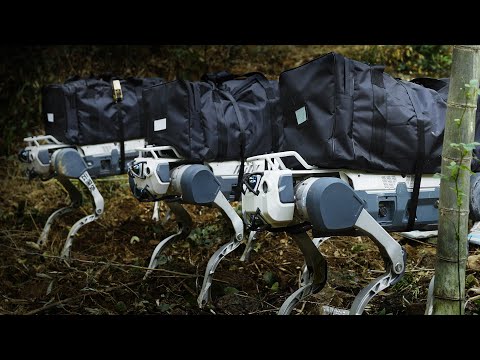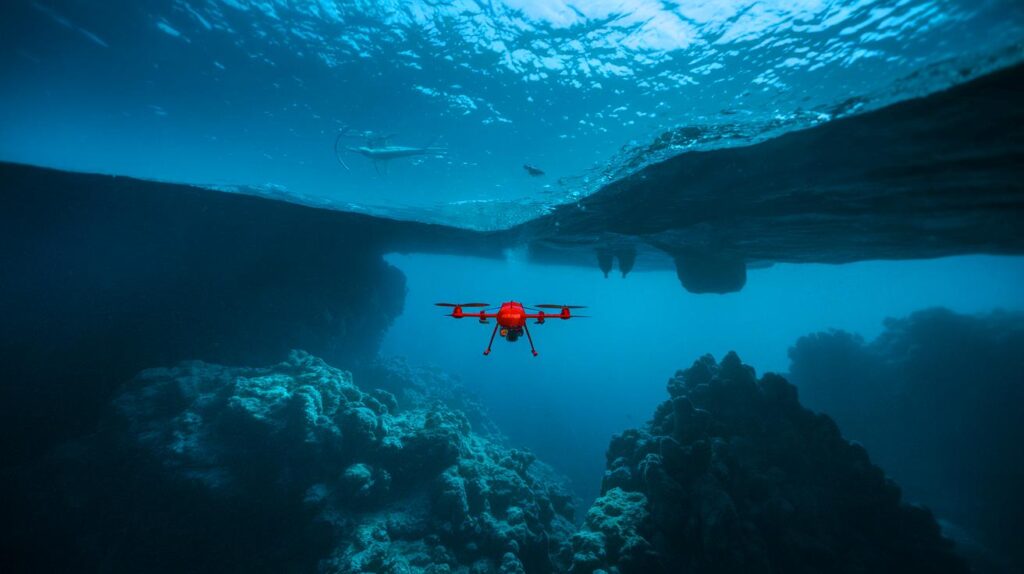| In Brief |
|
Technological development continues to astonish, particularly in the field of emergency response. China has recently unveiled a rescue and emergency transport robot, a collaboration between CSSC Haishen Company and Deep Robotics, based in Hangzhou. Designed to operate in extreme conditions, this innovative robot represents a significant advancement in crisis management, capable of functioning in temperatures ranging from -20°C to 55°C. With its multiple modes of mobility, it has the potential to revolutionize interventions during natural disasters and other emergencies.
A Technological Ally for Rescue Operations
The new Chinese rescue robot is a major innovation in emergency response. It is designed to operate in complex environments, such as natural disasters, security incidents, or battlefield first aid, and can also be adapted for patient transport in hospitals. Equipped with three modes of mobility — quadruped, wheeled, and tracked — this robot can walk, run, climb stairs, avoid obstacles, and navigate challenging terrains.
During a recent demonstration, a rescue robot fitted with a portable medical device showcased its seven key functions: respiration, monitoring, infusion, ultrasound, defibrillation, cardiopulmonary resuscitation (CPR), and oxygen delivery. Its ability to navigate efficiently and respond to commands to provide on-site medical care highlights its potential in rescue operations. This versatility makes it indispensable in situations where every second counts.
Impressive Technical Features
The rescue robots developed by CSSC Haishen and Deep Robotics are distinguished by their ability to operate in extreme weather conditions. Built to withstand temperatures between -20°C and 55°C, they are ideal for interventions during natural disasters, where conditions can be particularly challenging. Their robust design allows them to function effectively even in the most hostile environments.
In addition to their resistance to extreme temperatures, these robots are equipped with advanced navigation and mobility technologies. The recently introduced one-touch navigation feature for Deep Robotics’ robotic dog is an example, demonstrating the company’s commitment to making its robots more user-friendly and intuitive. This paves the way for broader and more effective use of robots in various emergency situations.
Potential Applications and Future Prospects
The potential applications for these rescue robots are vast and varied. Beyond their obvious utility in rescue operations during natural disasters, they could also be deployed in complex security situations or even for medical interventions on the front lines. Their ability to safely transport patients while providing dynamic emergency treatment is a significant advancement for the medical field.
Moreover, the robots’ capability to operate autonomously and respond quickly to commands makes them ideal for missions where human access is limited or hazardous. As technology continues to evolve, it is likely that we will see these robots integrated into larger rescue systems, thereby providing vital support where it is most needed.
A Promising Future for Rescue Technologies
The deployment of these rescue robots in China marks an important milestone in the evolution of emergency intervention technologies. By combining advanced mobility, extreme resilience, and medical functionalities, these robots represent a significant leap forward for the future of rescue operations. They provide not only immediate assistance in critical situations but also lay the groundwork for new crisis response strategies.
As other countries begin to explore these technologies, the question arises: how will these innovations transform the way we manage emergency situations in the future? The answer may lie in societies’ ability to adopt and integrate these tools into their existing rescue systems, paving the way for a new era of safety and responsiveness.








